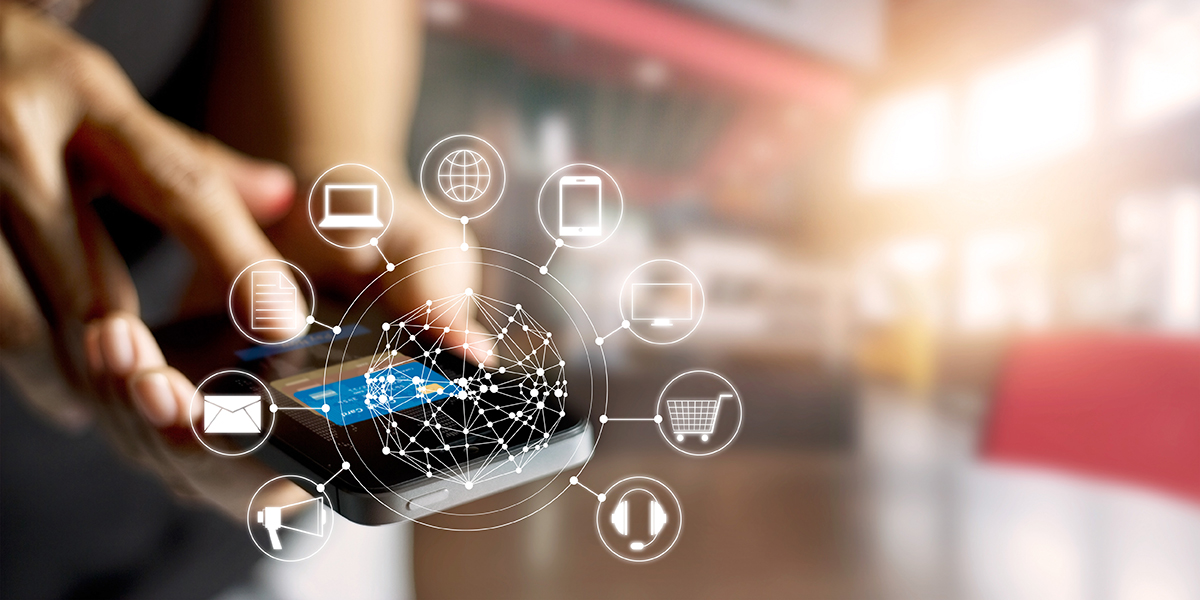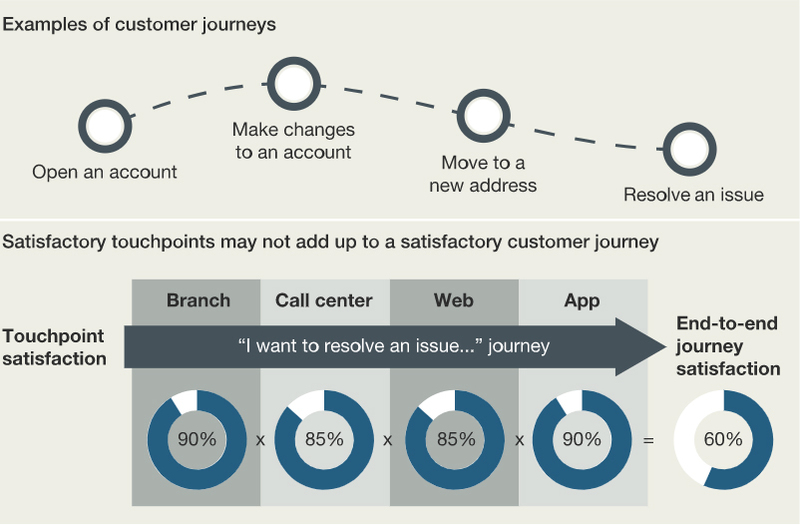További bejegyzések
Insurance Ecosystems: an intriguing speech under an abstract title
The Good, the Bad and the Ugly - presented at the annual conference the Association of Hungarian Insurance Companies
Remaining Personal During Digitalisation
Omnichannel Trends and Research Results
New Hammy Release 3.21.1

Independence From The Channel - The Essence Of The Digital Customer Experience
Ez a bejegyzés még ezeken a nyelveken is olvasható: magyar
The DBX team welcomes you to our new blog in which we would like to share the news and generate a discussion from the world on customer communication technologies. We believe that communication which is idenpendent of the channel (a.k.a. 'omni-channel' communication) is the essence of the much coveted customer experience. As a starter we set out to provide a high level overview of the topic and then dive deeper into certain aspects in subsequent posts. Join us and join the discussion!
The digital customer experience is comprised of several components, some of which are well visible, while others, quite subtle. These include generating easy-to-understand messages, replying quickly, providing an appealing visual design and many other features. However, in the core we have to find technology that is safe, robust and able encompass all channels. What are the customer expectations in this regard? Where do the realities of market and technology lie. What is the current state of omni-channel innovation?
A multitude of industry research focuses on customer experience. According to a study released jointly by McKinsey, Forester and KMPG*, while we may track a high level of customer satisfaction at individual touchpoints, much lower customer ratings are produced when referring to the whole communication cycle. What could a be the reason? Several studies demonstrate** that the large majority of customers (approx. 65 to 75 pct.) would like to be serviced in a manner that seamlessly encompasses channels, only a minority (roughly 30 pct.) feels like their expectation is actually met.

So it appears that in the reality different communications channels are not well-connected or integrated and information does not get passed from one to he other. All of us share the experience whereby we may have aligned on some matter via e-mail with a service representative and then when we call the company hotline the next day, the person at the other end does not know and cannot access what we had agreed on, using another channel.
Events like this make one realise that omni-channel communication is indeed essential for the customer experience. The expectation to be able to use any channel of my preference and still receive the same high level of service appears to be more significant that, let us say, visual appeal on the screen. Should I be requested to wait for a minute in an on-line chat before the respresentative starts to talk to me, it will still be much more acceptable than the expert being there within seconds, but with no knowledge of my issue history.
What channels should a communication solution cover to be rightfully called ’omni-channel’ today? E-mail is unmissable, of course. Traditionally we consider text messages (SMS) to be a ’strong’ digital channel. This notion may be tipping in the favor of social messaging platforms such as Facebook Messenger, Viber of WhatsApp as more and more organisations provide these channels of access, which are also interactive. A complex solution supporting many business processes in the mobile app for customers, in case the organisation already has one. Customer service strategies tend to be realised through such applications more and more. Fort he customer to start to use such a platform, they need get involved and take action, such as installing the app, setting it up, manage periodic updates and of course pay attention to notifications. Last but not least, we must not forget that the digital world still only reaches so far, and we may be required to send and receive communication in printed mail. Omni channel communication has to cater for postal services as well.
One basic goal of omni-channel is to get the message delivered under any circumstance. This may be required for compliance reasons (e.g. new agreements or invoices simply must be sent out reliably) as well as be a vehicle for helping the organisation reach their business goals (e.g. sending targeted marketing campaign messages reliably to prospects). Selecting the appropriate channel as preferred by the customer is in itself a huget step towards a successful delivery. Delivery reliability can be further improved by tracking the status of the message and switching channels according to events. In case an e-mail sent to a customer is undeliverable and bounces due to an error in the addressing, we can divert the same message to the SMS channel and kindly request an alignment on the e-mail address at the same time. In case the message gets delivered, we can still track it further, and follow through to see if the customer actually opens it. Should this not happen, we may send a reminder via a separate e-mail message or in the mobile app.
Regulator requirements toward digital communication cannot go unmissed. In a number of cases, messages have to be digitally signed and time-stamped, so that it enjoys the same legal status and a document signed graphically on paper. The organisation may have to conform to external regulations or decide for themselves to send any message or attached content (typically a PDF document) encrypted. A choice can be made not even to delivert he document via e-mail, but rather just send a notification and provide access to the content through a customer portal. Invoices are often made accessible this way.
We can conclude that that the features of omni-channel and the expectations against this technology are already complex. They also keep expanding as new channels emerge (while old ones may lose their significance) and new message types are generated by business innovation. (Consider location-based messages, even ’flash mob’ invites via social media as an example.) For the public benefit, messaging can expand to previously unforseen domains. A very recent example may be providing personalised quick information related to safety and health.
Seen from the angle to corporate information technology, omni-channel communication is a service that provides a link between business applications (such as CRM or invoicing) and the low-level communication technologies (such as the e-mail/ SMTP server or the SMS gateway). In the best case, it is inivisible for the business user, just as water pipes hidden in the wall cannot be seen. The main thing is, if I turn the tap, the water should flow. If I send a message the customer should receive and note it. As omni-channel customer access develops, the technology providing it becomes an integral part of the coporate IT software infrastructure. The DBX team is happy to be there with you on this journey.
* https://www.mckinsey.com/business-functions/mckinsey-digital/our-insights/putting-customer-experience-at-the-heart-of-next-generation-operating-models
** http://info.microsoft.com/rs/157-GQE-382/images/EN-CNTNT-Report-DynService-2017-global-state-customer-service-en-au.pdf
*** https://www.niceincontact.com/call-center-resource-finder/incontact-customer-experience-transformation-benchmark-study-2017
A bejegyzés teljes szövege a medium.com-on olvasható
További bejegyzések